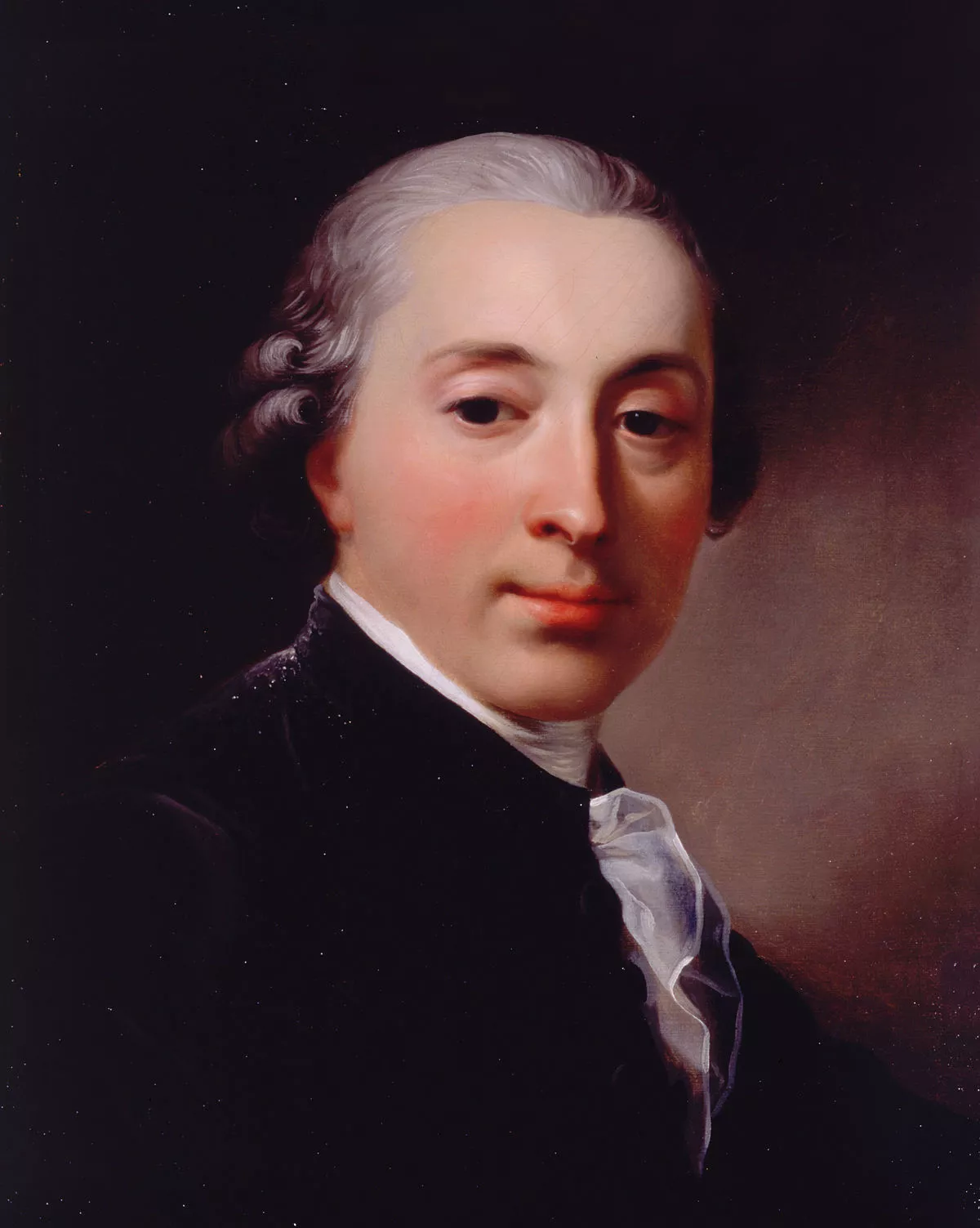 1.
1. Jean Senebier was a Genevan Calvinist pastor and naturalist.

 1.
1. Jean Senebier was a Genevan Calvinist pastor and naturalist.
Jean Senebier was chief librarian of the Republic of Geneva.
Jean Senebier showed a link between the amount of carbon dioxide available and the amount of oxygen produced and determined that photosynthesis took place at the parenchyma, the green fleshy part of the leaf.
Jean Senebier wrote extensively on plant physiology and was one of the major early pioneers of photosynthesis research.
Jean Senebier published on the experimental method, first in 1775, and then in an expanded work, in 1802.
Jean Senebier served as chief librarian of the Republic of Geneva.
Jean Senebier was influenced by the Italian animal physiologist and experimental biologist Lazzaro Spallanzani, several of whose works Jean Senebier translated from Italian into French.
Spallanzani's chemical research on bodily functions of animals helped lead Jean Senebier towards studying plant chemistry.
Jean Senebier found that the amount of oxygen produced is roughly proportional to the amount of carbon dioxide available to the plant.
Jean Senebier correctly concluded that plants use the carbon in carbon dioxide as a nutriment.
Jean Senebier did some of his research jointly with fellow Swiss naturalist Francois Huber.
Jean Senebier arrived at his best known achievement, his demonstration that plants take up atmospheric carbon dioxide and give off oxygen, based entirely on the Phlogiston theory of chemistry, and only in his later works did he reformulate his conclusions in terms of the more modern, oxygen chemistry developed by Antoine Lavoisier and colleagues.
Jean Senebier was a close friend of noted Genevan geologist and meteorologist Horace-Benedict de Saussure and was instrumental in the education of Horace-Benedict's son Nicolas-Theodore de Saussure.
Jean Senebier trained the young man in Lavoisier's system of chemistry, which Nicolas-Theodore later applied in important plant-nutrition studies of his own.